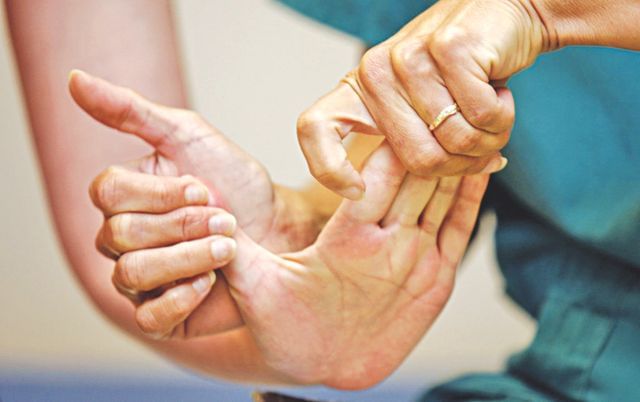New method of rehabilitation after a stroke
Each year, millions of people suffer stroke, a condition with the damage in brain due to poor blood supply that causes paralysis of one side of body. Many of those people survive and require rehabilitation. The goals of rehabilitation are to help survivors become as independent as possible and to attain the best possible quality of life.
Rehabilitation helps stroke survivors relearn skills that are lost when part of the brain is damaged. For example, these skills can include coordinating leg movements in order to walk or carrying out the steps involved in any complex activity.
Rehabilitation also teaches survivors new ways of performing tasks to circumvent or compensate for any residual disabilities. Individuals may need to learn how to bathe and dress using only one hand, or how to communicate effectively when their ability to use language has been compromised.
Rehabilitation or recovery from paralysis is not an easy process. There are many approaches especially physiotherapy plays a major role in rehabilitation process. As a part of the interdisciplinary team, physiotherapists work in concert with the managing doctor and other rehabilitation specialists to provide stroke patients with a comprehensive rehabilitation programme. The physiotherapy stroke rehabilitation programme involves a dynamic process of assessment, goal-setting, treatment and evaluation; its coverage spans from the acute stage, through the rehabilitation stage, to the community stage.
Many facilitation techniques have failed to show desired efficacy in gaining motor functional recovery in paralysis. The KAWAHIRA method is a newly designed and latest facilitation technique to elicit movements of paralysed limbs including movement of each isolated finger using stretch reflex and skin-muscle reflex. Each applied exercise should perform 100 times a day for best result.
Neurons activated by the stretch reflex are timed to discharge when neural excitation of the patient's intension comes from the brain. Repetition of these voluntary movements of paralysed limbs is indispensable for functional recovery because only these repetitions can strengthen neural circuits to accomplish voluntary movement.
The article is compiled by
Dr Mohammad Ali, Consultant and Head of Physiotherapy Department, Uttara Adhunik Medical College Hospital, Uttara, Dhaka. Email: [email protected]


 For all latest news, follow The Daily Star's Google News channel.
For all latest news, follow The Daily Star's Google News channel. 



Comments